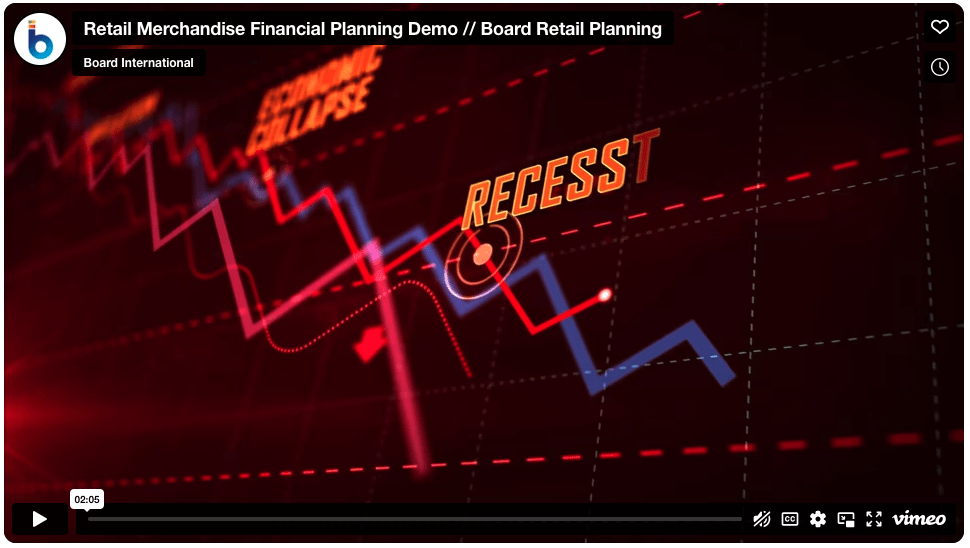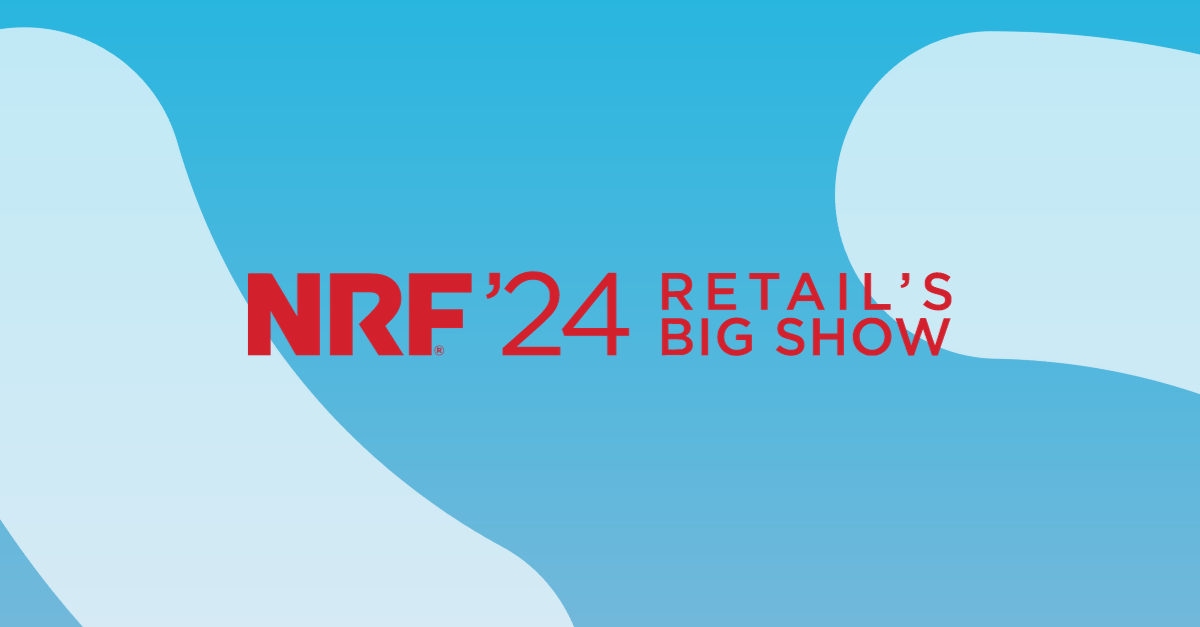
Recent changes in the economy have affected every sector, and the retail and CPG (Consumer and Product Goods) sector has been no exception. New capabilities in the past few years – cloud-native approaches to infrastructure and the enterprise view of retail data, for example – have given retailers exciting tools to attract and retain customers. But customers are demanding more and more from retailers, and companies have to draw on diverse resources to respond to consumers’ needs and competitors’ initiatives. Here are some of the most important technology-driven trends in retail and CPG that our customers are telling us they are looking out for.
Finding True Sustainability
Sustainability is not just a buzzword any longer. Consumers are way too savvy to be fooled by greenwashing, where a company pays lip service to environmental causes without making any real, fundamental changes. As jurisdictions around the world enact regulations to minimize industries’ impact on the planet, sustainability has become standard practice in many companies. What’s more, environmental sense is good business sense as well.
As consumers demand more or better sustainability practices, companies are addressing the problem in a variety of ways. New packaging solutions are becoming more affordable, and the use of renewable energy (whether generated by the company itself or by energy suppliers) is increasing.
But organizations are also finding less direct and less obvious approaches to lowering their environmental footprint. For example, enhancing or modernizing supply chain software can significantly affect a company’s use of energy and other resources. Similarly, newer fleet management solutions enable companies to reduce their fuel use by reducing mileage and idling. System-based automation is poised to have a major positive impact on the effect that companies have on the environment.
Enhancing Engagement through Loyalty and Personalization
Studies have shown that many consumers become frustrated when their shopping experience is impersonal. Conversely, shoppers who experience an effectively personalized buying experience have reported a positive influence on the purchasing process.
Retailers’ loyalty programs have increased in recent years, but consumers are beginning to consider whether they provide real value to them, and not just the retailers. While loyalty programs promise discounts, extras, or experiences, if customers do not feel that they are receiving value from the program, they either don’t bother with the program or move on to a competitor.
Consumer expectations are already very high, and the retail experience, whether through loyalty programs or personalization, must meet those expectations. Retailers are working to implement predictive analytics using rich customer data to shape the buying experience around individual customers’ needs and preferences. Larger retailers with a wide geographical spread can implement machine learning and artificial intelligence to provide a responsive and agile interaction with individual customers. Large retailers and CPG firms are now looking to pioneer personalized direct marketing, by leveraging cloud-based analytics and drawing on cutting-edge products like Quisitive’s LedgerPay that can help them deliver a much great personalized customer engagement that goes beyond what a typical retailers loyalty program captures.
Building Digital Twins
The availability of modern tools to create digital representations of retail spaces has been a major breakthrough for retailers and CPG companies alike. Creating “digital twins” – realistic 3-D spaces that analysts and customers can actually visit and experience – has made new possibilities for retailers. With increasing success in construction, smart cities, consumer-packaged goods, and supply chain management, digital twins are beginning to have a significant effect on the retail space as well.
With a digital twin, retailers can model new uses of their retail space to understand how it will affect customer navigation and use of the space. Non-customer areas can be modeled too; for example, a quick-service restaurant can measure the potential impact of new equipment on the kitchen layout and use it to increase efficiencies.
Testers can do virtual-reality walkthroughs of a digital twin to help modify the design. But other assets, like enterprise-level customer data and Internet of Things (IoT) data, can also connect to the digital representation to better model and analyze the physical experience. The value of the vast quantity of data that is potentially available to retailers is only rising; digital twins show how organizations that collect and capitalize on their data can find new innovations in the retail space.
Merging Online and Physical Stores
Benefits of a Ubiquitous Shopping Model
COVID created some overheated predictions that online shopping would forever destroy the bricks-and-mortar marketplace; this has been disproven long ago. However, merging the customer experience across online and physical interactions remains challenging for many CPG and Retail organizations.
Today, whether it’s online, mobile, kiosk or at a point-of-sale, customers want the same look and feel across all platforms so retailers and CPG companies must create an Omnichannel experience to meet these expectations.
Making both the online experience and in-store experience consistent creates a greater customer experience, making it easier for the consumer to shop through the entire process.
Having the same buying experience creates the ability to track customers’ preferences more easily by leveraging data analytics so that they can meet customer expectations effectively through any point of interaction
Omnichannels that leverage cloud base data stores provide the ability to use analytics more effectively allowing companies to not only offer better customer service but to provide consistent targeted campaigns and promotions specifically for that buyer.
And providing better and more efficient customer service, in turn, creates greater customer loyalty and satisfaction.
Customers expect a seamless, personalized experience no matter where, when, or how they engage with retailers. A modernized, cloud-based infrastructure, powered by data services that link information across the enterprise, is the key to success for many retailers.
The Future of Retail and CPG
The extreme challenges of the last couple of years have left their mark on the retail sector, just as they have on every other facet of the economy. As the online-native millennial generation matures, as shoppers become more sophisticated in their online behavior, and as the online and physical retail spaces become ever more crowded and competitive, companies are looking to take every advantage they can to stay ahead. Technology will continue to play a major role in retailers’ strategies, whether it’s harnessing the power of the customer data they possess, creating new opportunities for engaging with customers or finding new digital and online possibilities.

;)


